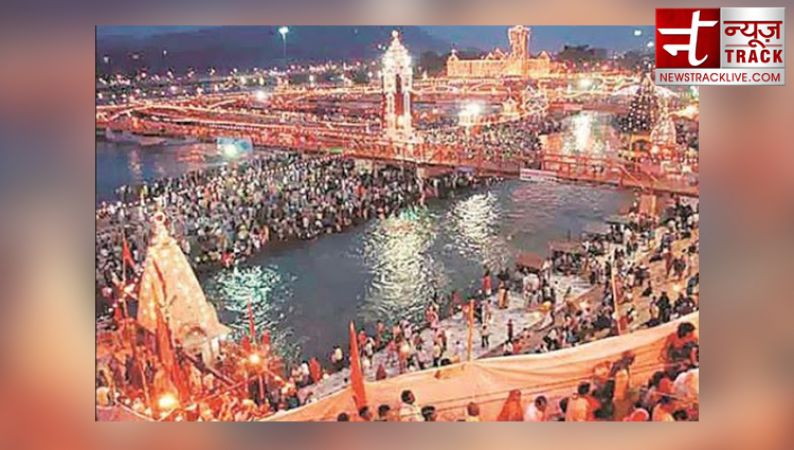
The Kumbh Mela at Ujjain began in the 18th century, when the Maratha ruler Ranoji Shinde invited ascetics from Nashik to Ujjain for a local festival. Like the priests at Allahabad, the pandits of Nashik and Ujjain, competing with other places for a sacred status, may have adopted the Kumbh tradition for their pre-existing melas. A common conception advocated by the akharas, that Adi Shankara started the Kumbh Mela at Allahabad in 8th century to facilitate meeting of holy men from different regions, has been doubted by the academics claim. Until the East India Company rule, the Kumbh Melas were managed by the akharas (sects) of religious ascetics known as the sadhus. They collected taxes, and also carried out policing and judicial duties. For the 2019 Ardh Kumbh at Prayagraj, the preparations include a 42,000 million temporary city over 2,500 hectares with 122,000 temporary toilets and range of accommodation from simple dormitory tents to 5-star tents, 800 special trains by the Indian Railway, artificially intelligent video surveillance and analytics, disease surveillance, river transport management by Inland Waterways Authority of India, and an app to help the visitors.
Kumbh Mela is considered as the worlds largest congregation of religious pilgrims. The festival is the largest peaceful gathering in the world, and considered as the "world's largest congregation of religious pilgrims". There is no precise method of determining the number of pilgrims, and the estimates of the number of pilgrims bathing on the most auspicious day may vary.
also read Tourist spots soon to be tobacco-free in Telangana
The Kumbh Mela (the festival of the sacred pitcher) is anchored in Hindu mythology. The Mela draws tens of millions of pilgrims over the course of approximately 48 days to bathe at the sacred confluence of the Ganga, the Yamuna, and the mystical Sarasvati. Primarily, this worshippers includes Ascetics, Saints, Sadhus, Sadhvis, Kalpvasis, and Pilgrims from all walks of life. During the Kumbh Mela, a number of ceremonies take place; the traditional procession of Akharas called ‘Peshwai’ on elephant backs, horses and chariots, the shining swords and rituals of Naga Sadhus during ‘Shahi Snaan’, and many other cultural activities that attract millions of pilgrims to attend the Kumbh Mela. The story of Samudra Manthan, one of the best-known episodes in the Hindu mythology, narrated in the Bhagvad Purana states that the sacred alignments of celestial bodies directly relate to the Kumbh festival. It took 12 divine days to carry the Amrit to the heavens .
The welfare of all beings, sharing of noble thoughts and maintaining good relationships with all the beings across the world is the core message prevalent during the Kumbh festival. Kumbh has been spiritually uniting the people of India and across the world since time immemorial and will continue doing so for years to com The Kumbh Mela of Haridwar appears to be the original Kumbh Mela, since it is held according to the astrological sign "Kumbha" (Aquarius), and because there are several references to a 12-year cycle for it. The earliest extant texts that contain the name "Kumbha Mela" are Khulasat-ut-Tawarikh (1695 CE) and Chahar Gulshan (1759 CE). Both these texts use the term "Kumbh Mela" to describe only Haridwar's fair, although they mention the similar fairs held in Allahabad and Nashik district.